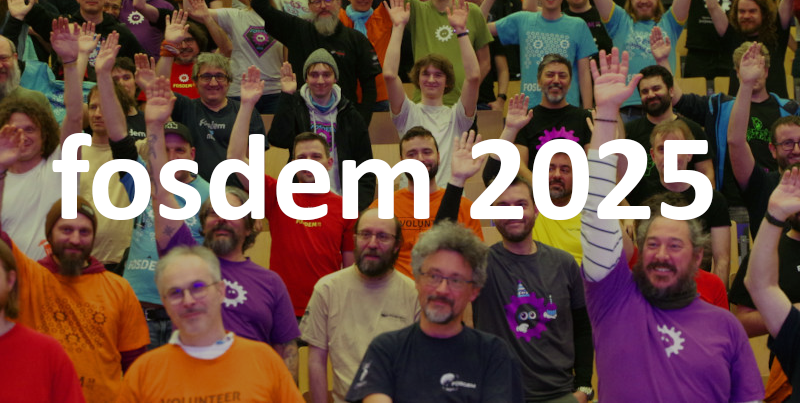
Last year I attended FOSDEM for the first time and, I have to say, I was pretty overwhelmed. This year I returned and, I have to say, I was still pretty overwhelmed. So what is it that sets FOSDEM apart? For me it is three things:
1. It's free. Free as there is no cost for entry. But it is also free in the sense of free spirit and free thought.
2. It's about the tech. Some conferences consist of a relentless series of sales pitches. You might gain insights but often it will be insights about a certain commercial product rather than a deeper or transferable insight about technology or practice.
3. It covers everything. As an observability specialist, I naturally made a beeline for the observability room on Sunday, but the range of topics at FOSDEM is extraordinary. There were tracks on everything from Python to Bootloaders and Railways to Quantum Computing.
There is also something quite egalitarian and democratic about FOSDEM. It is a great leveller. There are no corporate logos, no fast-track check-ins and no executive lounges. Whether you are a newbie coder or a tech oligarch (tbh I don't think I spotted any) you all have to stand in line for your Belgian waffles or your bottle of Jupiler just the same.
The interest in observability this year seemed to be even greater than last year, with the lecture theatre being close to full for many of the events. There was also a great representation of open source observabilitity companies - VictoriaMetrics, CoRoot, SigLens, Altinity and Grafana were all in attendance. There were also a number of leading speakers - Bryan Boreham, Ricardo Castro, Roman Khavronenko and Josh Lee to name but a few. For good measure, there were also representatives from Kotlin and even a presence from CERN.
The format for the Observability day is pretty intensive. There is a packed schedule of 30 minute talks, each of which is followed by a ten minute break. Pretty much any queue for anything at FOSDEM can easily eat up ten minutes, so balancing your need for a caffeine shot with the length of the break is a challenge. In fact it is a challenge you are not going to win. It's one or the other.
The quality of the sessions was really excellent throughout the day. Unfortunately reviewing all of them would turn this article into a dissertation-length read. Here then, are a few of my personal highlights.
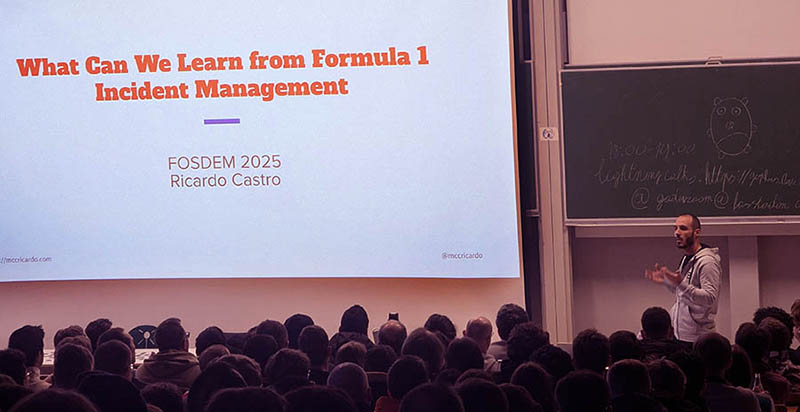
If you are ever thinking about giving a presentation at an event, then this is a fantastic object lesson in how to engage your audience. Are there really parallels between the way a Formula 1 team handles a blowout and the the way we can manage IT incidents? Well, it turns out that there really are. In F1 every millisecond counts and can be the difference not only between coming first and second but can also have huge implications for prize money. As Ricardo points out, minimising "downtime" in F1 is not just a matter of technical expertise - there also really important organisational principles which can be transferred over to other domains.
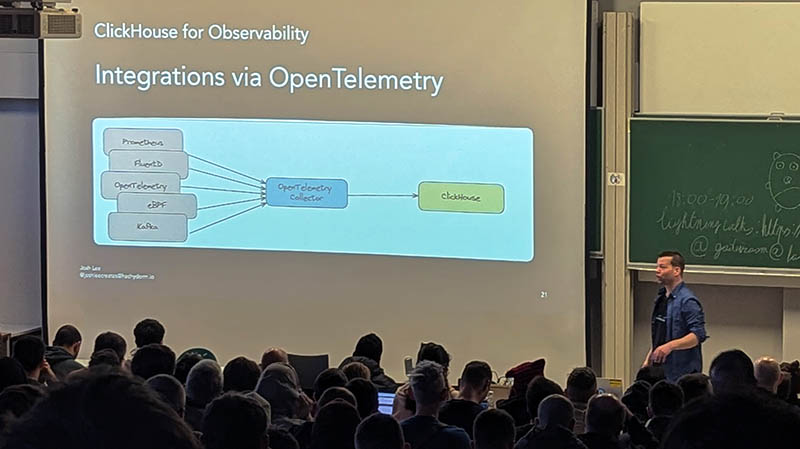
ClickHouse has established itself as one of the fastest, most scalabale and user-friendly database systems on the planet. It is also the backend for a number of full stack observability systems such as SigNoz and Groundcover. What if you wanted to follow the example of these vendors and build your own open-source observability solution on top a ClickHouse backend? This expert talk by Josh Lee maps out what that journey might look like, whilst also covering some of the potential limitations and drawbacks.
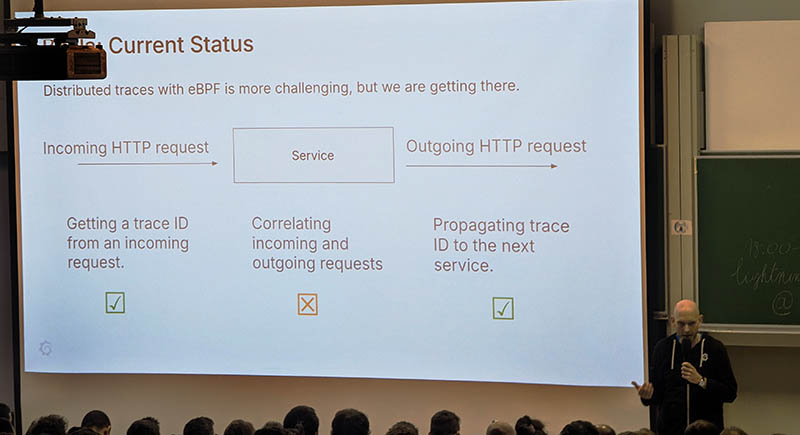
If you are like me, then you will feel that the most exhilirating sessions at an event are ones where people at the top of their game take you on a deep dive into how they tackled a really difficult challenge. Hearing about solutions is great, but hearing about trial and error and failed hypotheses can often be a more gripping narrative. This talk was a fascinating insight into the Grafana team's struggle, often bruising and painful, to solve one of observability's hard problems - i.e. full fidelity eBPF tracing. This was kind of like playing Snakes and Ladders with the Linux kernel, where every breakthrough seemed to be followed by a gotcha.
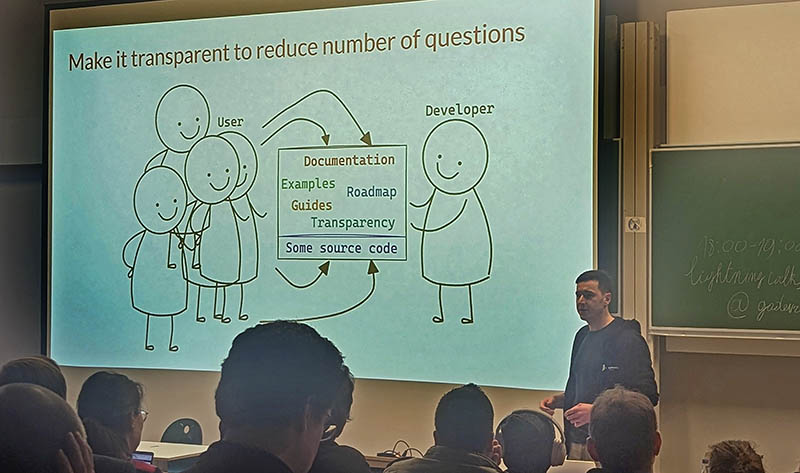
In his FOSDEM profile, Roman Khavronenko modestly describes himself as a Software Engineer, but he also happens to be a Co-Founder at observability powerhouse Victoria Metrics. Meta observability - or how you can ensure that you monitor your monitoring is a really important and interesting topic and in this thoroughly entertaining talk Roman pulled back the curtain on how the team at VM set about the task. As with much IT best practice, many of the principles boil down to common sense and pragmatism. The advice included ensuring that you have relevant and up to date documentation, instrumenting your system and creating dashboards and alerts. In other words, monitor your monitoring using the same principles that you might apply to monitoring your core systems.
Enjoy the city! For me, Brussels is one of those cities that punches above its weight. Each time I go there I discover a bit more of its charm and magnificence. At FOSDEM you are only a few minutes walk away from a really charming quarter with any number of fascinating side streets, cool bars and outstanding cafes. Getting around is also super-easy. You don't need to buy any tickets in advance to use public transport - just swipe in to any mode of transport with your bank card. Get there a day early or stay a day extra and soak up the atmosphere!